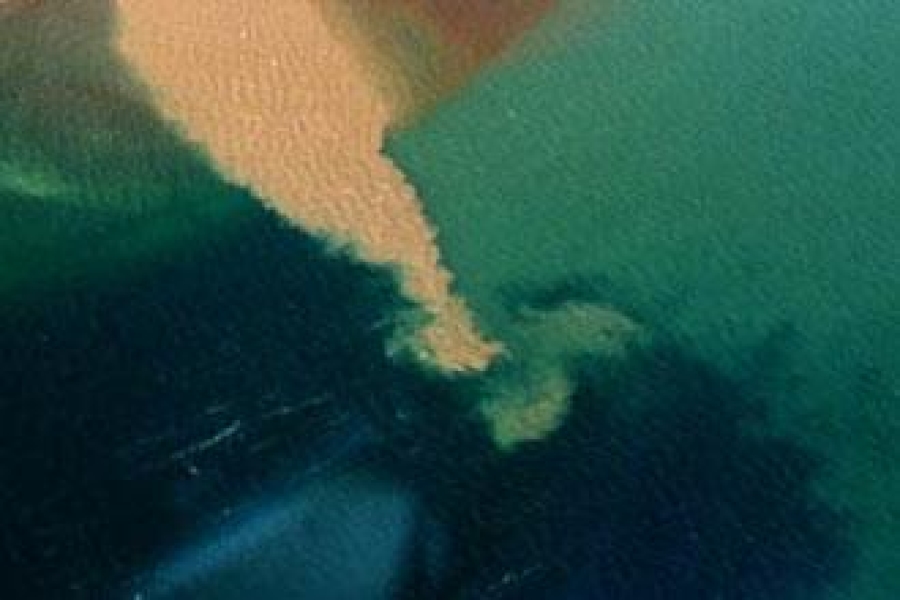The management of cumulative effects of stressors on aquatic ecosystems research programme has been heavily involved in work developing the National Objectives Framework (NOF) for freshwater and estuaries.
We provided advice on which environmental attributes are sufficiently well developed for use today and which need further work before they can be used in a national framework; defined (where possible) numbers that could be used to define the breakpoints between the proposed series of bands; and developed narrative statements to use in the NOF framework where numbers are not possible.
Our contributions are based on researching deposited-sediment and suspended-sediment effects on aquatic ecosystems. Including interactions between sediments and other stressors, which such as nutrients.
Our work on "tipping points", the response of ecosystems to sediment stressors has provided essential knowledge to the NOF process. We have shown, through a review of a wide range of modelling approaches that are used to define thresholds from empirical data, that different approaches to threshold identification are suitable for different types of data and that there are many assumptions implicit with most approaches.
We have proposed that fine-sediment effects are best managed through measurements of light attenuation, and we are developing the concept of the "load of optical cross section" as a means of quantifying the link between fine sediments and optical effects.
There is much discussion and acknowledgement of the link between defining objectives using the NOF process and the next step of using knowledge and tools to set sediment load limits that will result in achievement of objectives. To support the setting of sediment load limits, we have developed a method for calculating catchment sediment load limits to achieve sedimentation targets in estuaries. The method is based on mathematically manipulating a sediment source-to-sea model.
More information about the NOF.

